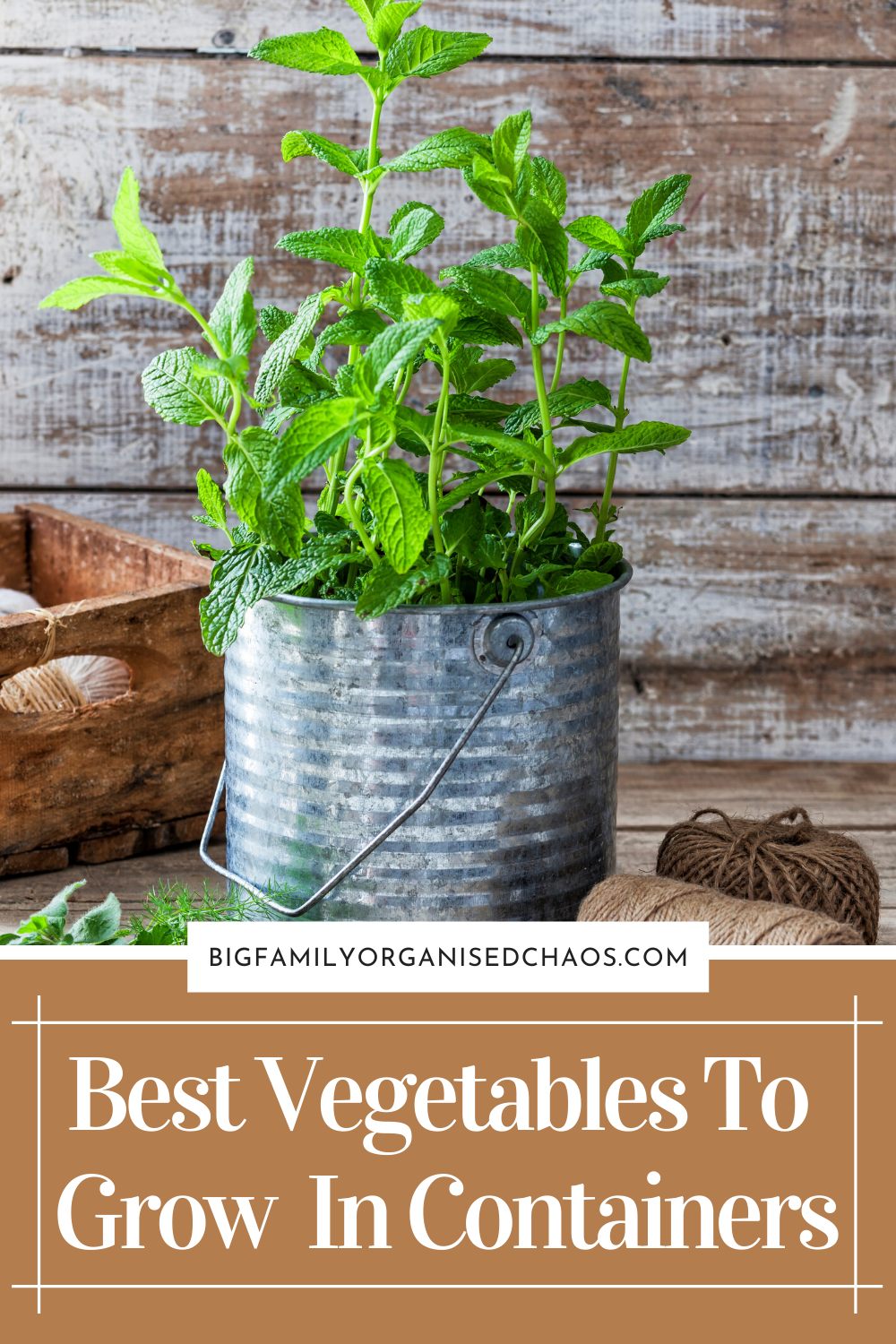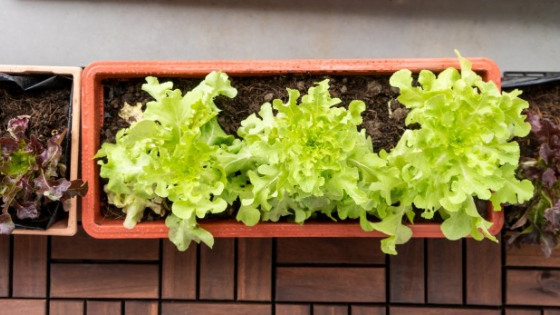Are you considering growing vegetables in containers this year ?
You’re ready to start your vegetable garden, but you are deterred by the chilly weather and hard ground. Or maybe you simply don’t have sufficient outdoor garden space. Don’t despair; there’s good news. Many vegetables are quite adaptable to containers so you can get a head start and begin your spring vegetable garden, no need to wait until the ground thaws and the frost subsides. To protect against the cold, you can start your vegetables indoors then transfer then outdoors to your balconies and decks when the time is right. Containers are excellent for growing many vegetables, and with special care, they will even flourish.
Three great-tasting and easy to grow spring vegetables in containers are lettuce, cabbage, and carrots.
Lettuce
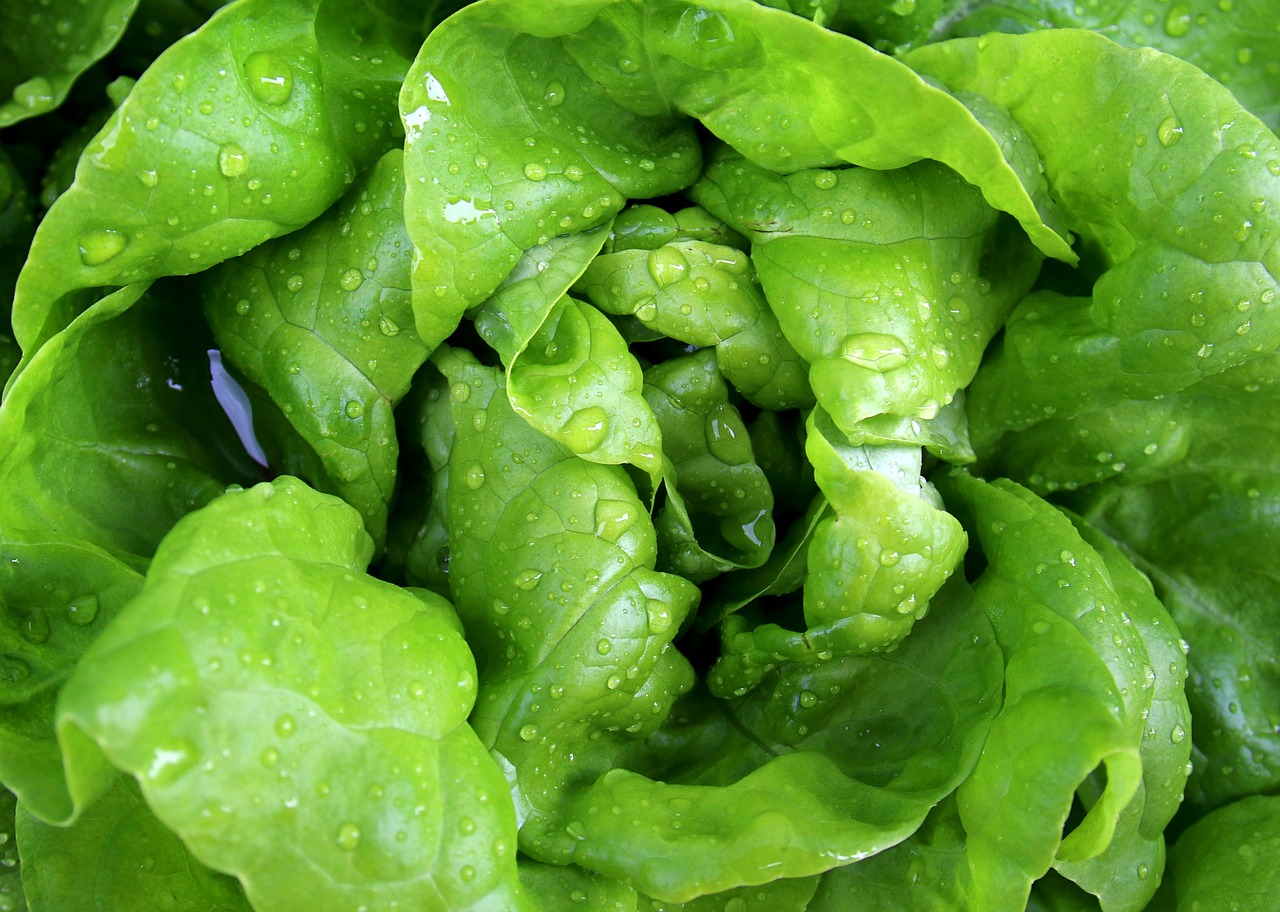
Lettuce is easy to grow with minimal care and can do well indoors, providing they get sufficient natural sunlight. In addition to lots of sun (around 12 to 16 hours daily), you will need lettuce seeds, growing medium (potting soil mix), and a large enough container depending on the variety you wish to grow. Most people prefer the leafy variety. Make sure your container has adequate drainage to remove excess water. For lettuce, the container does not have to be very deep because lettuce roots are relatively shallow and do not require a lot of room to spread.
Place potting soil in the container and sprinkle the seeds all over on top of the soil. Lightly cover the seeds with a little soil and mist with a spray bottle containing water. It is not necessary to use a lot of water during the germination period. However, do not allow the soil to completely dry out either. Place the container in a sunny window, deck, or patio, and within one to two weeks, you should see your lettuce sprouting up from the soil. Continue to keep the soil moist with daily watering, but don’t overwater as this can lead to root rot.
When the leaves are sturdy enough, it’s time to space them out to give them more room to grow into healthy, mature plants. Some may have to be replanted into other containers for more room. Your lettuce will mature in around four to six weeks.
Cabbage
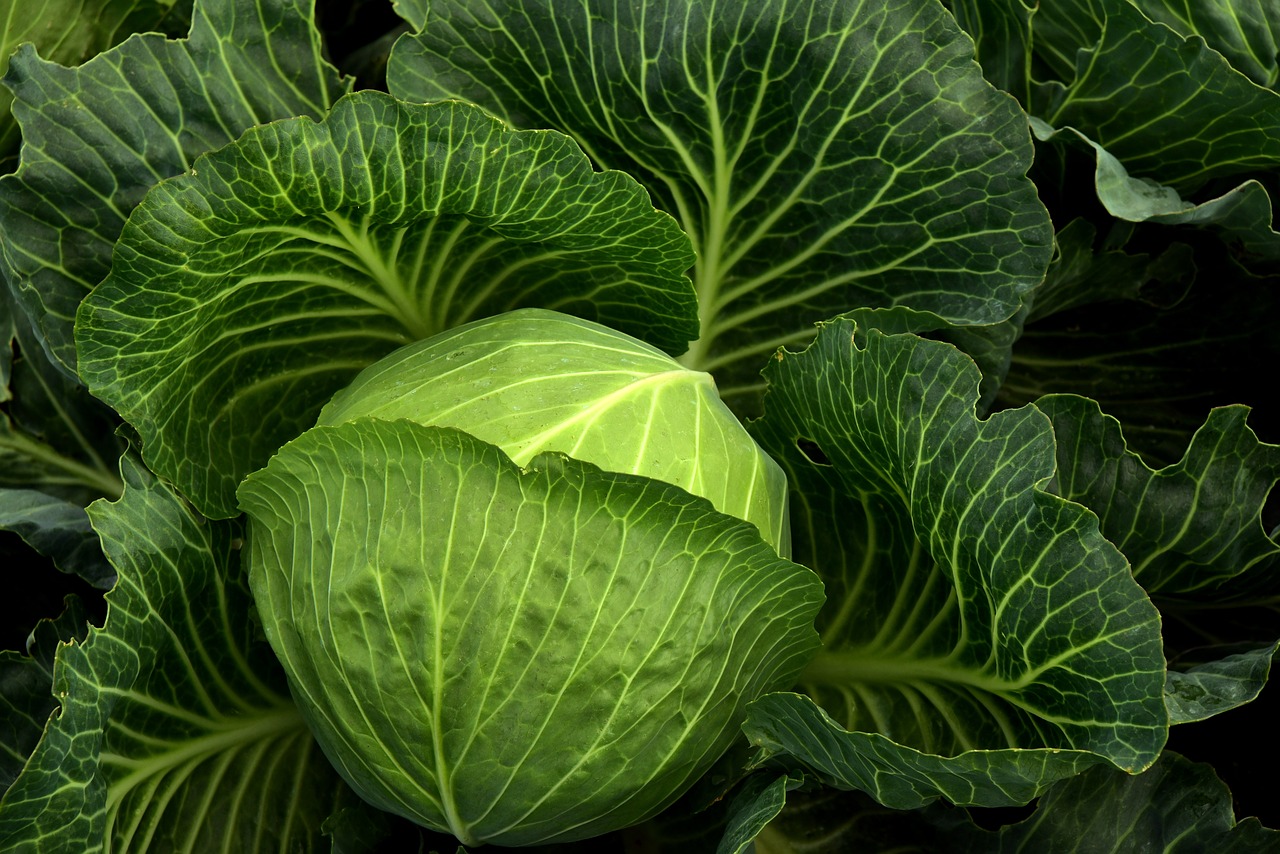
Cabbage does very well in container gardens. However, cabbage varieties are relatively large plants, so you should ensure that the container is big enough for the mature plant (containers should be no smaller than a foot deep and two feet across). They are relatively easy to grow and will flourish in partial shade to full sun. Generally, they are cool weather veggies, so they are ideal for springtime harvesting and will benefit from cooler temperatures.
Gardeners must ensure that the soil is kept moist but not too soggy during the growing period. Daily watering is recommended as containers tend to dry out quickly; however, choose containers with sufficient drainage. The germination period for cabbage is usually between five to ten days, with between 70 to 100 days for harvesting.
Start seeds indoors in a sunny location in a large pot containing potting mixture with peat or vermiculite. Barely cover with potting mixture and water lightly with a watering can. You can test the dryness of the pot by sticking your finger into the topsoil.
You will need to transplant the sprouts soon as they are sturdy enough to ensure they have sufficient room to spread out and not become too crowded. It may be recommended that you grow just one cabbage per pot, depending on the size of your pot. Your cabbage is mature and ready to harvest when the head is firm and sturdy.
Carrots
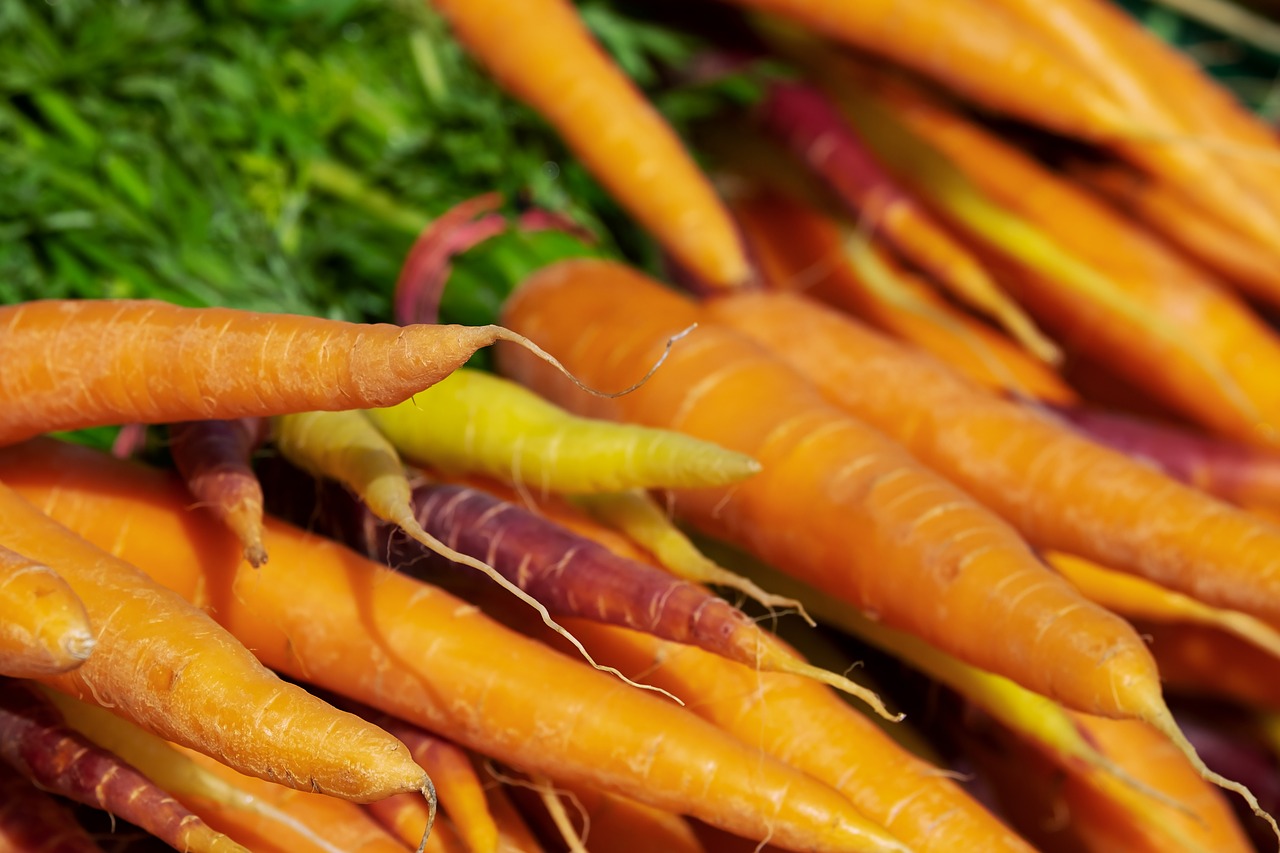
Carrots are another favourite springtime vegetable that can easily be grown in containers. They do require enough depth, so their growth won’t be stunted. Therefore, smaller (shorter and wider) varieties such as “Little Finger,” “Thumberline,” “Danvers,” or “Chantenay” are best suited to this growing condition. Carrots are root vegetables that develop beneath the soil. So regardless of the variety of carrots, you wish to grow, a deep container, at least twelve and a half inches, is recommended to give them enough room. They will rot under the soil if they get too much water, so a pot with adequate drainage is definitely required.
Carrots grow best in a loose soil mix such as perlite (a porous, lightweight volcanic glass), red soil, decomposed compost, and sand. In a large pot, add the potting mixture making sure there are no rocks or large stones that may stunt the growth of the carrots. Make small holes in the potting mix about two inches apart and deposit the carrot seeds (around two to three seeds per hole), then water with a fine spray.
Be sure to situate them in a sunny spot. Germination takes around one and a half to two weeks, after which they should be thinned out for more room and better growth. Pretty soon, you will see a lush, green “forest” in your pot formed by the head of the carrots. At this stage, further thinning may be required. With proper care, your carrots should mature within 60 to 70 days.
Planting veggies in containers is hard work, but it will be well worth the effort in the end. After all, what’s more, rewarding than harvesting your own healthy and nutritious home-grown spring vegetables?
If you are lucky enough to have the space and are considering a vegetable patch, check out these 12 vegetables to grow in the late spring
You can then use some of your vegetables to make a Giant Cous Cous Salad
